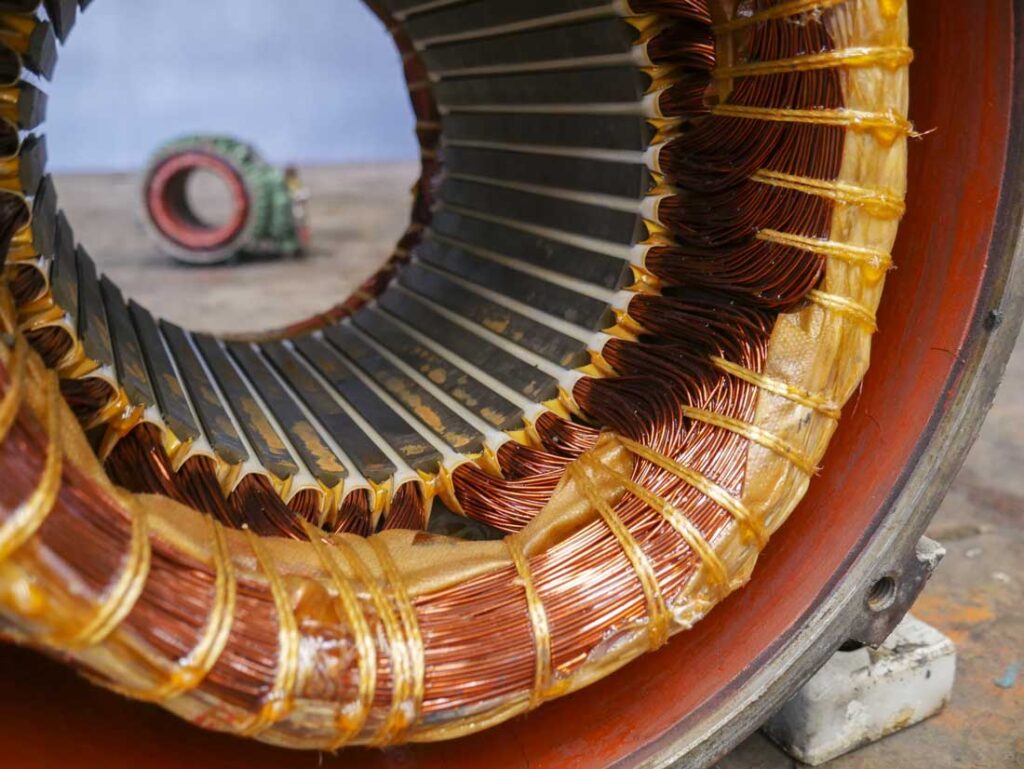
Introduction
Stator winding machines are critical supplies used in the process of production of electrical motors, generators, and transformers. These machines are essential in ensuring the reliable and adept performance of these energetic components. However, like all equipment, stator winding machines can experience issues that can disrupt results and affect the quality of the last products.
In this item, we will discuss the prevailing problems encountered in stator winding machines and provide troubleshooting tips to help address these issues effectively.
No Power or Electrical Supply
If your stator winding machine is not receiving capacity or experiencing energetic supply issues, the first step is to check the energy-producing station, circuit breakers, and fuses. Ensure that the gadget is properly connected to an active power release.
If the power source is not the problem, check the wiring and networks for any easy or damaged components. It is further advisable to test the generated power output to ascertain if the capacity supply meets the machine’s necessities.
Abnormal Noise or Vibration
Unusual noise or quivering coming from the stator winding apparatus could signify mechanical problems in the way of misalignment, worn-out significance, or loose elements. To troubleshoot this issue, inspect the motor for any seeable signs of damage or displacement. Check and tighten some loose bolts or fasteners.
Additionally, grease moving parts and significance to reduce friction and buzz. If the problem lingers, consider consulting a professional machinist for further diagnosis and repairs.
Misalignment of Winding Heads
To address this problem, first, guarantee that the machine is properly measured according to the stator requirements.
Check the alignment of the winding heads and adjust them as inevitable to ensure exact winding. Regular maintenance and adjustment checks can help prevent this accompany occurring from now on.
Tension Control Problems
Proper tension control is crucial for reaching uniform and consistent winding on stator coils. If you are experiencing issues with tightness control, check the tensioning devices, in the way that tension rollers and brakes, for some wear or malfunctions.
Clean and lubricate these components always to ensure smooth movement. Calibrate the tension settings according to the requirements of the stator winding job to prevent over-tensioning or under-tensioning, which can lead to winding defects.
Wire Breakage or Tangles
Wire breakage or tangles all along the winding process can result in broken stator coils and production delays. To mechanically alter this issue, inspect the wire augmenting mechanism for some obstructions or irregularities that may be causing the wire to break or tangle.
Ensure that the wire spools are stuck correctly and that the wire tension is correctly adjusted. Regularly check and change worn-out strand guides and feed rollers to maintain smooth wire augmenting.
Conclusion
Troubleshooting stator winding machines requires a systematic approach to recognize and address common questions that may arise during operation.
Regular maintenance, measurement, and inspection of stator winding machines are owned to ensure their optimum performance and durability. For complex issues or persistent problems, it is urged to seek help from experienced technicians or equipment manufacturers to resolve the issues immediately and minimize free time in production.






